US Fire Statistics
Fire resistance is one of the top considerations when designing a new structure. Determining which building materials will provide the most effective resistance to fires is a keystone to every project.
NFPA has conducted research into structural fires and found that most fires occur in or on residential properties, followed by special properties (such as parking garages), storage facilities, and businesses.
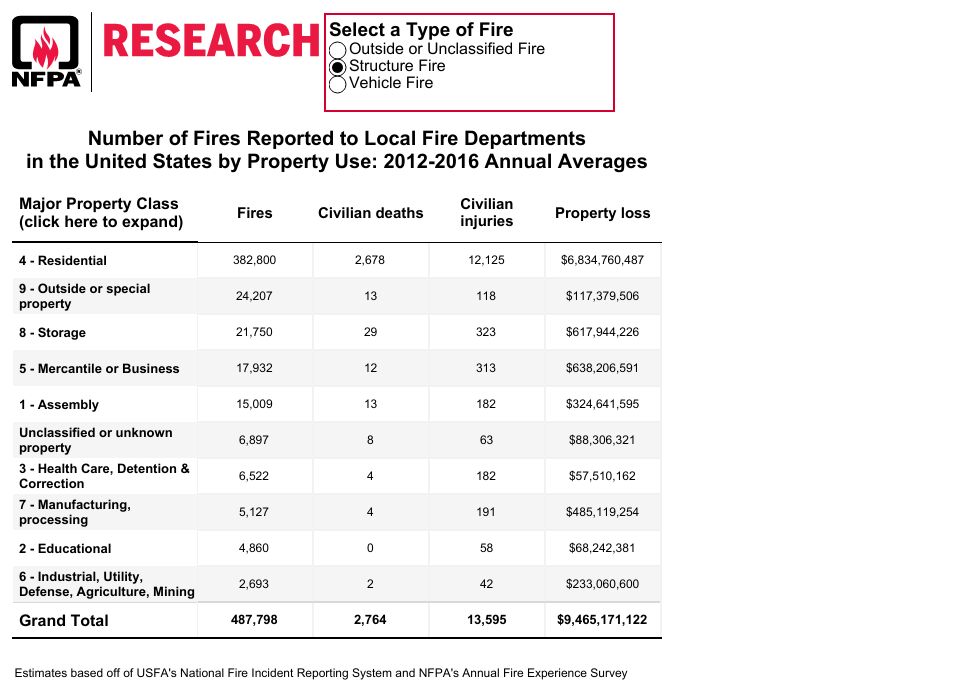
The United States suffers a staggering amount of fires each year. According to the US Fire Administration, in 2017 there were 1.3 million fires (including structural, vehicle, and wildfires), 3,400 deaths, 14,670 injuries, and $23 billion in lost property.
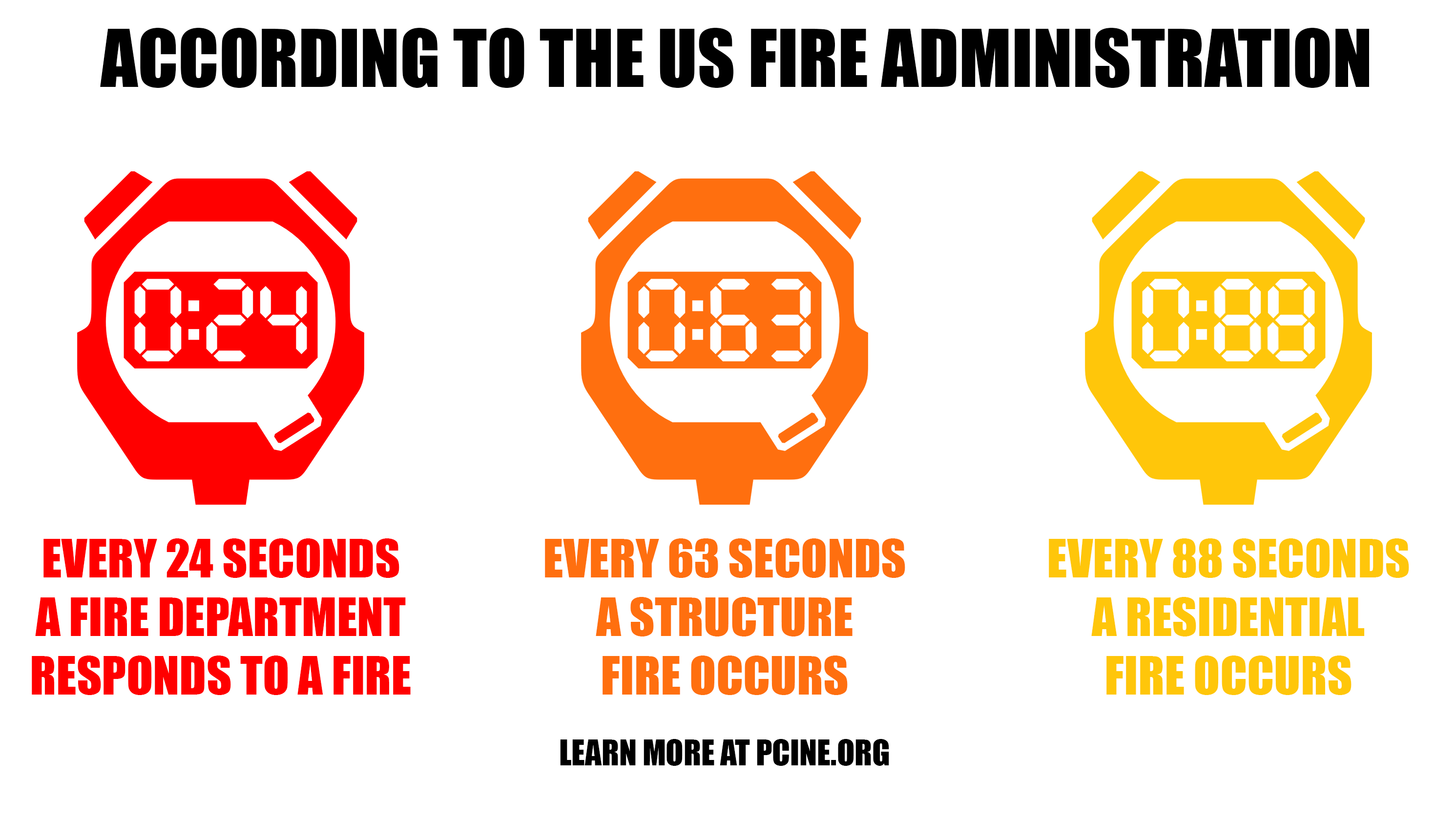
Statistics repeatedly show that preventing structure fires in through use of fire resistant designs and materials save both lives and money.
ICC Approval of Tall Timber Structures
Most recently, there was a vote by the International Code Council which approved construction of tall timber structures, despite the fact that studies have shown the fire threat of using wood in high-rise structures.
Firefighters have expressed concerns regarding lightweight materials such as wood and steel. Although lightweight building materials are typically more cost effective than a traditional building material like concrete, they fail to provide adequate time for emergency personnel to save lives when a disaster strikes.
Reasons wood doesn’t make sense for tall structures:
-
Wood decomposes and requires more costly maintenance than other products.
- Wood BURNS posing a huge risk to first responders and inhabitants.
- Wood is not as durable as steel or concrete to events such as earthquakes and hurricanes.
- Wood contains glues and adhesives that have not been tested long-term for toxicity.
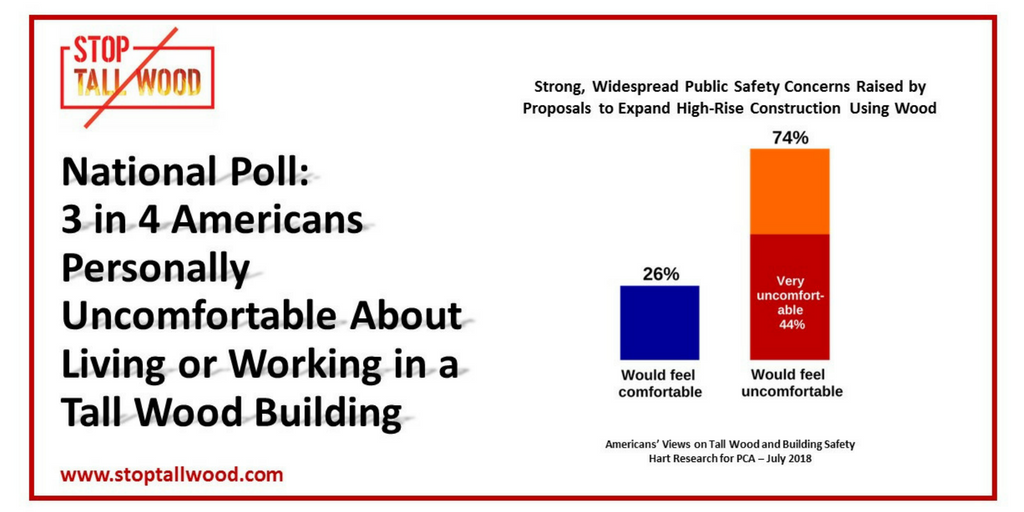
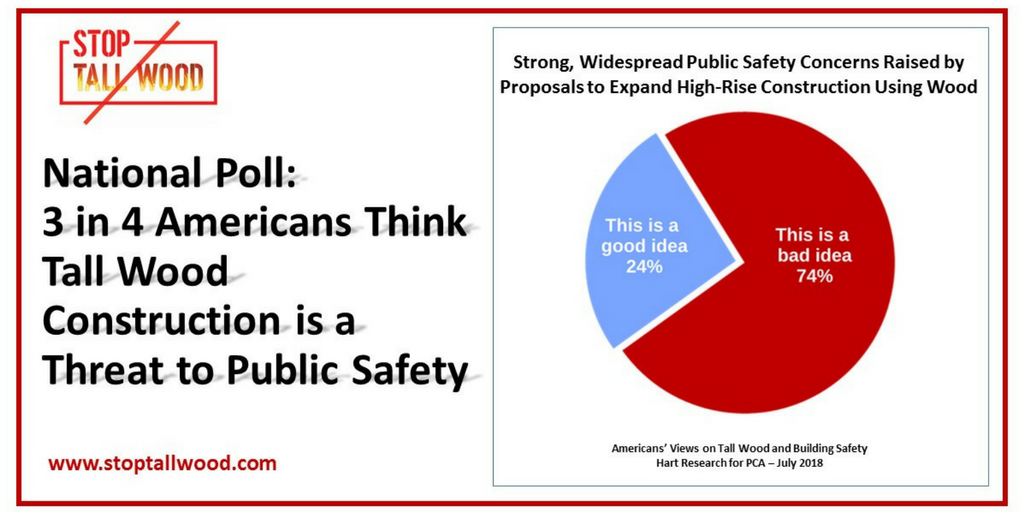
How Precast Defends Against Common Fire Safety Issues
When designing for fire safety, there are more elements to account for than just flames. Precast provides the perfect solution to these issues.
Common issues when designing for fire safety:
-
High Heat-Design must contain heat that can melt/ignite materials and kill in one breath
- Blinding Smoke-Design must contain smoke that can choke and ruin building components
- Toxic Gas-Design must contain gas given off when plastics, synthetics, and chemicals burn and be deadly at any temperature
- Fire Event Confinement-Design must confine the area that the fire spreads to from its place of origin
- Fuel Content- Design must reduce the fire’s use of combustible materials through the use of non-combustible building materials
- Structural Collapse-Design must prevent collapse by protecting structural support framing
- Passive Fire-Protection Strategy-Design must create strategy that will allow the building to survive any fire event
- Building Division-Design must divide the building into non-combustible compartments that will help contain fire
- Building Codes-Design must follow current codes to provide, at least, the minimum protection to achieve fire protection
How is precast concrete THE SOLUTION to Fire Safety Design:
- High Heat- Precast performs well at elevated temperatures
- Blinding Smoke-Precast can contain smoke to specific areas as long as openings are kept closed (i.e. doors)
- Toxic Gas-When not covered with varnish or other sealants, precast does not burn or release chemicals
- Fire Event Confinement- Precast can contain fires to specific areas as long as opening are kept closed such as doors
- Fuel Content- Precast does not catch fire and therefore provides no fuel to fires
- Structural Collapse- Precast does not lose its structural capacity nearly as quickly as steel
- Passive Fire-Protection Strategy-Precast is non-combustible and will not contribute to the spread of fires
- Building Division-Precast can be used to create separate areas which can help contain fires
- Building Codes- Precast can be used to provide the minimum protection needed to achieve fire protection and, in certain situations, exceed what is required.
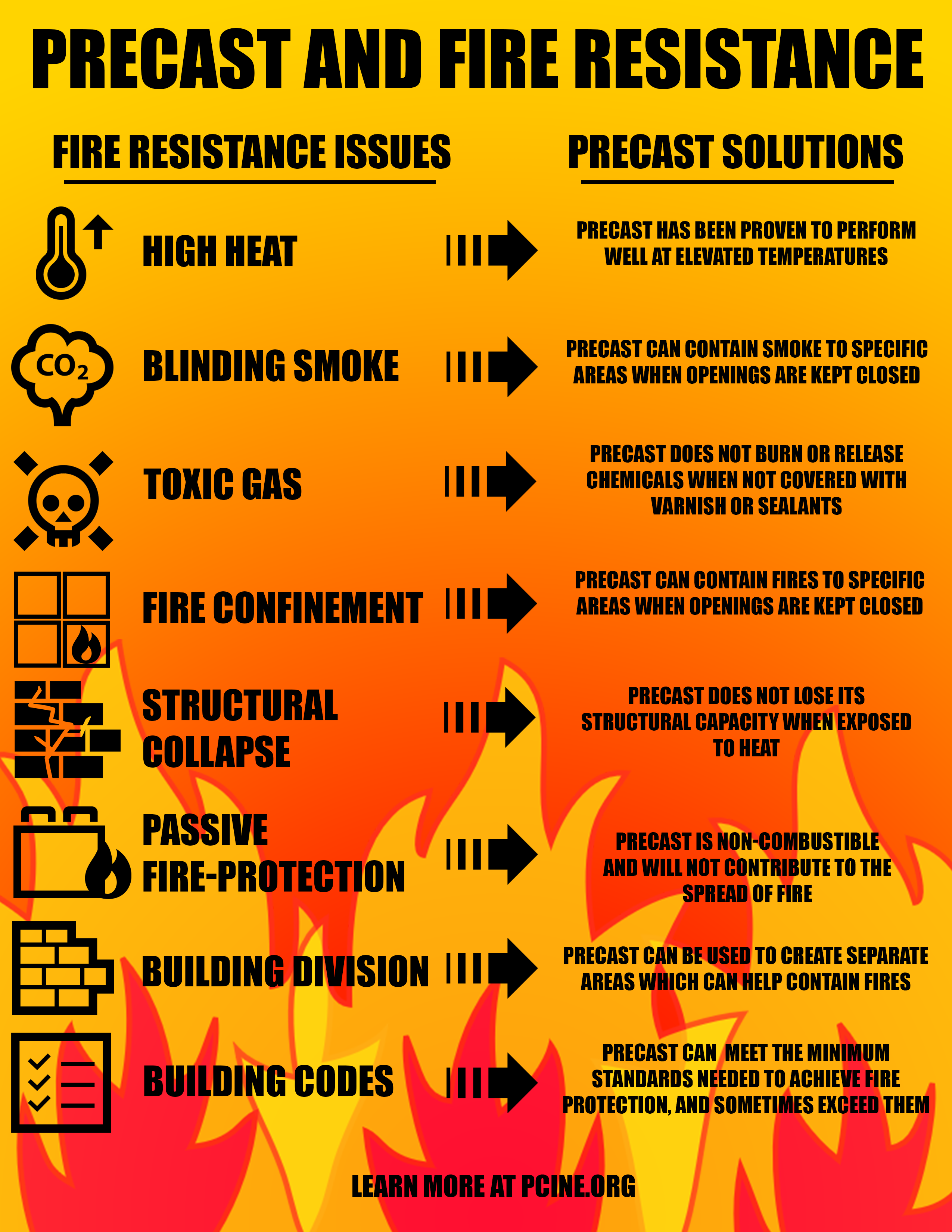
Fire Resistance Case Study
The Rees Hall Dormitory at Hobart and William Smith College experienced a fire event which included temperatures as high as 1800F which ended up melting plastic, metal, and steel elements in the surrounding area. However, even as the fire raged on, the concrete building contained the fire and saved the building from being destroyed, keeping the fire to one small section.
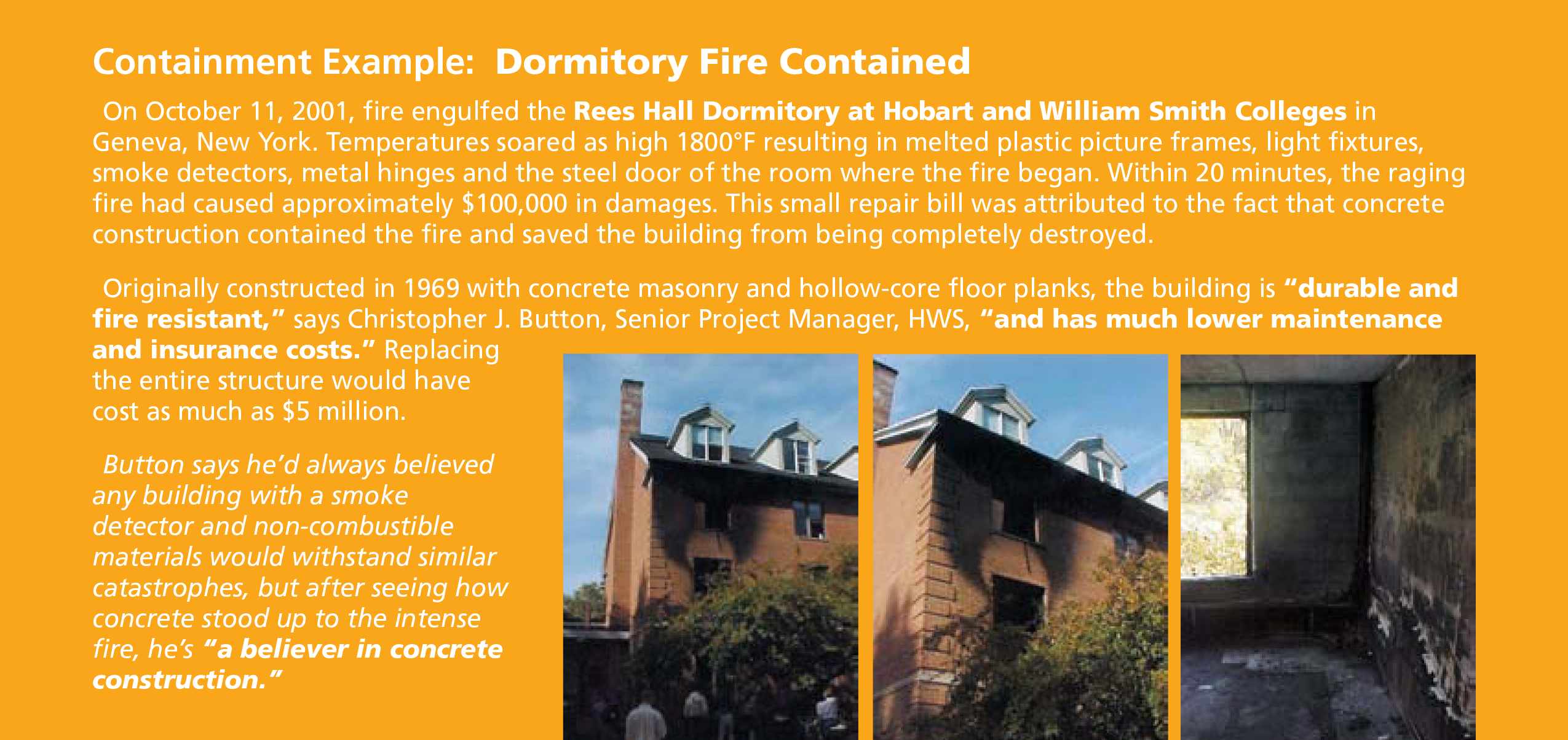
Photo via firesafeconstruction.org
Conclusion
In conclusion, the precast industry has contributed significantly over the years to understanding how concrete performs in the presence of fire. Through research and case studies, the precast concrete industry makes the case to contractors and the general public about how precast can be used to protect both their homes and their lives from the dangers of fire.